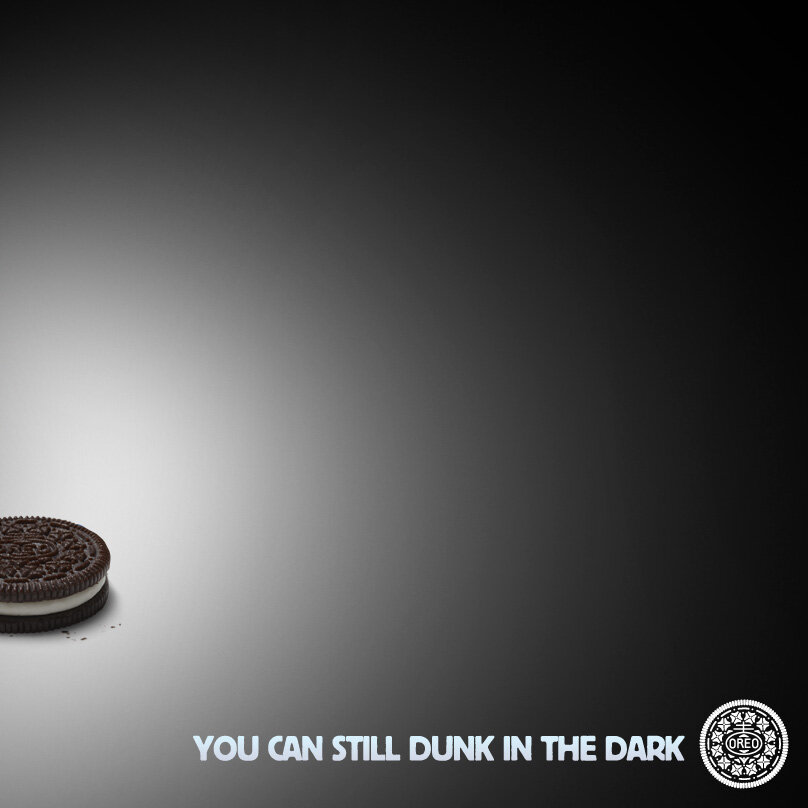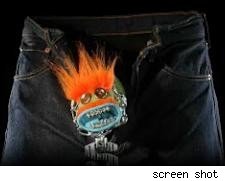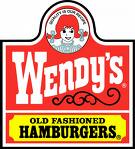BDO, a global accounting, business and financial consultancy, is wasting millions of dollars on its current advertising campaign, “People who know, know BDO.” In their advertising, they could tell you who they are, but they don’t. They could tell you what problems they solve for you, but they don’t. They could tell their target audience when to contact them and why, but, alas, they don’t. It’s painful to see such a great introductory opportunity go to waste.
Rather, they do tell you that the people who already are aware of them and know what they do (presumably anyone but the audience) are knowledgeable. So they are talking only to people who already understand and use their services. This is a great example of everything you don’t want to do in your advertising.
Sadly, they repeat the strategic vagueness on their website as well (At least the campaign is consistent).
To avoid this, take these simple steps:
1. Clarify your brand proposition – Who are you, what problem(s) do you solve, who is your target audience, and why are you superior and unique.
2. Determine your advertising goal – Are you trying to attract new users? (like BDO is attempting, but failing to do) Convince current customers to buy/select/consume your brand more frequently? Are you trying to improve your brand image? If you are not clear about the purpose of your advertising (or any marketing investment), you can count on meandering advertising, unless your marketing partners are clairvoyant.
3. Assess your advertising from the consumer’s perspective – What do they know about you now? What do you want them to know about you after they have been exposed to your message? Make sure you are giving them a persuasive message, in their language, based on what you know from your consumer research. Again, BDO makes a common error of crafting advertising based on their internally focused, prideful self-assessment. It’s a missed opportunity to tell potential customers of who they are, why they’re a superior service, and how they will solve the customer’s problems.
4. Pre-test your advertising – There are several great advertising effectiveness evaluation methods, including MSW ARS and IPSOS ASI, that will give you unbiased, quantitative and credible feedback on if your advertising campaign is persuasive and has achieved your marketing goals. These are small investments that can be done while the campaign is in the idea phase, prior to wasting money on producing or airing ads that do little to grow your business, or even may do harm.


 superior quality. Kudos to the Wendy’s brand marketing team and their advertising agency,
superior quality. Kudos to the Wendy’s brand marketing team and their advertising agency,